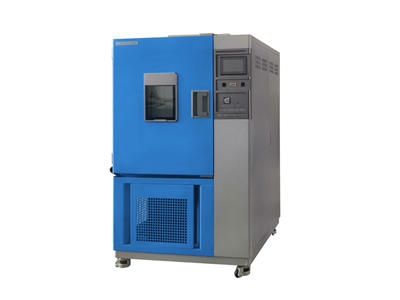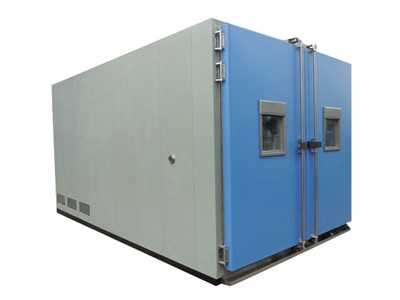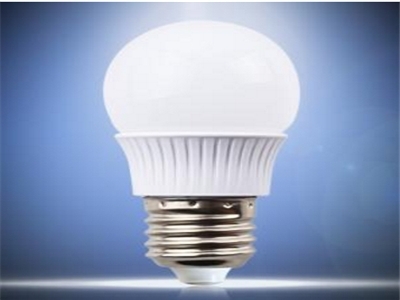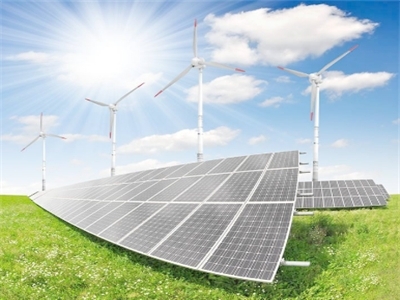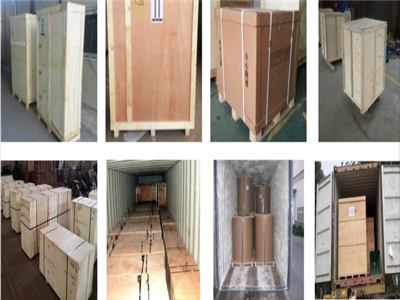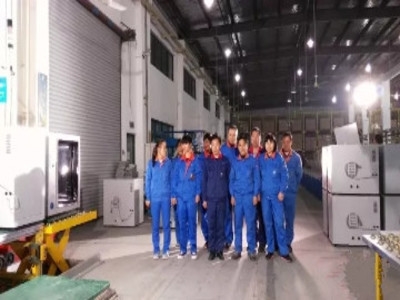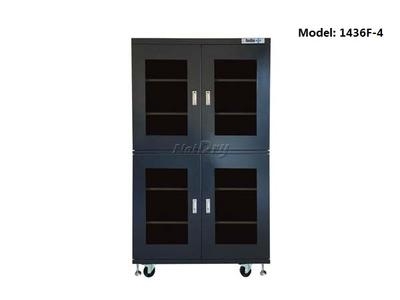Refrigerants will change the way forward (1/2)
Refrigerants, also known as refrigerants, are commonly known as snow species in some parts of the south. It is a working substance that circulates continuously in the refrigeration system and realizes refrigeration through its own state change. Refrigerants in the evaporator absorb the heat of the cooling medium (water or air, etc.) and vaporize, and transfer the heat to the surrounding air or water in the condenser and condensation, now the environmental protection problem has been paid more and more attention, some regional governments have also issued a comprehensive ban on fluorine policy decree, but fluorine ban is not only a wrong concept, but also leads to the application confusion of the majority of users and manufacturers. Based on the concept of Freon, international conventions, national policies and application characteristics, this paper makes a comprehensive analysis of common refrigerants R22 and R134A.First, the concept of Freon
Freon is the general name of halogen derivatives of saturated hydrocarbons (hydrocarbons). At present, many users in China require the production of environmental refrigerants such as R134A, on the grounds that they respond to the national call to protect the environment. In fact, R 22 and R 13 A are members of the Freon family and belong to hydrochlorofluorocarbons (HCFCs). As can be seen from the definition of Freon, the so-called environmental refrigerants R134A, R410A and R407C actually belong to the Freon family. The reason why Freon can destroy the ozone layer is that the refrigerants contain CL elements, and with the increase of the number of CL atoms, the ability to destroy the ozone layer also increases, and the ability to destroy the ozone layer decreases with the increase of H element content. Greenhouse Effect is mainly due to the formation of a large number of greenhouse gases, such as CO2, in the process of slow oxidation and decomposition of refrigerants. According to the molecular structure.
Freon refrigerants can be divided into the following three categories:
1. HCFCs: abbreviated as CFC, mainly includes R11, R12, R113, R114, R115, R500, R502, etc., because of its greatest damage to the ozone layer, it is classified as a controlled substance by the Montreal Protocol. At present, the use of such substances has been gradually banned in our country.
2. Hydrochlorofluorocarbons (HCFC,) mainly include R22, R123, R141b, R142b, etc., the ozone layer destruction coefficient is only a few percent of R11%. Therefore, the HCFC substance is regarded as the most important transitional alternative to CFC in the National Program for the Phase-out of Ozone-depletion substances in China.
3. Hydrofluorocarbons (HFC,) mainly include R134A, R125, R32, R407C, R410A, R152, etc., the ozone layer damage coefficient is 0, but the climate warming potential is high.
At present, all refrigerants used in China (including environmental refrigerants) are Freon products, and the ideal non-Freon refrigerants have not been developed so far. Before the new refrigerants are developed, what we have to solve is that the air conditioning units choose that kind of refrigerants, which will cause relatively little damage to the environment on which we depend.

